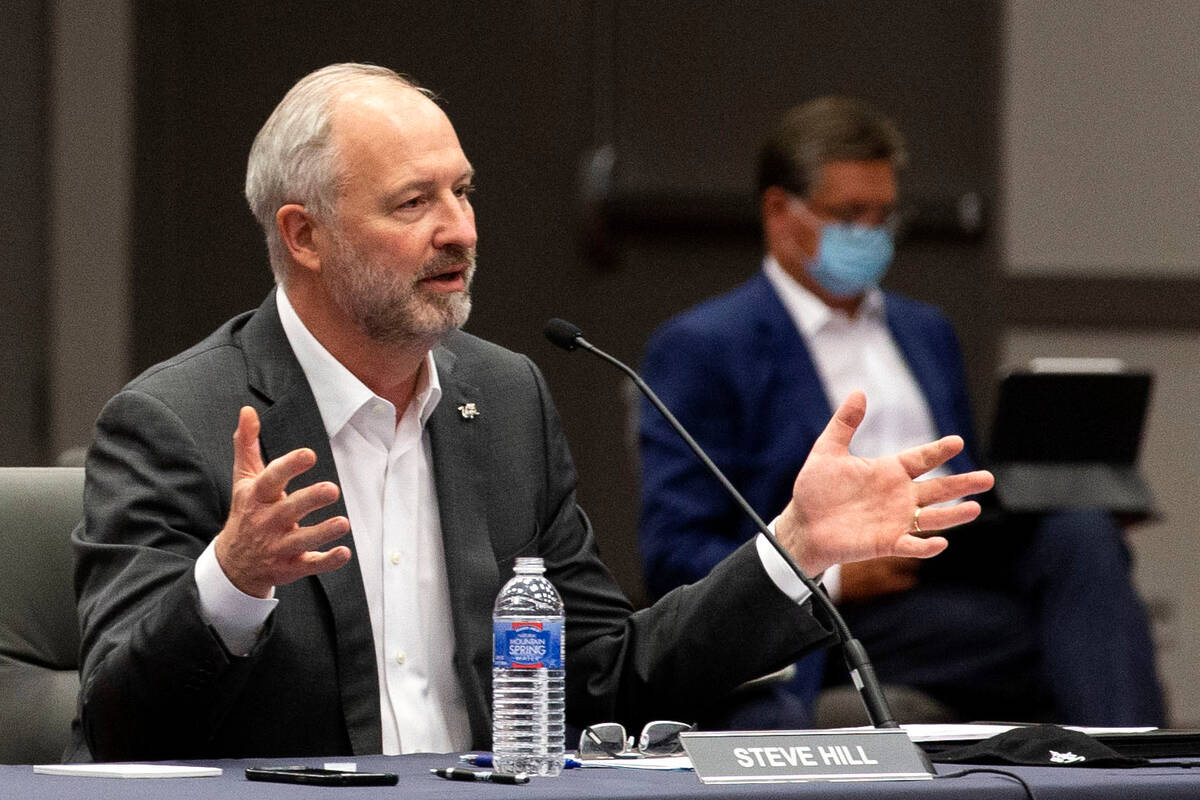A’s to Vegas: What’s next in the relocation process?
After the Oakland Athletics cleared one of the biggest hurdles in securing up to $380 million in public financing for the team’s planned Las Vegas ballpark, steps remain before shovels hit the ground.
First Major League Baseball needs to approve the team’s move from the Bay Area to Las Vegas. The A’s began the relocation application process last month. When submitted, it will be reviewed by the MLB relocation committee.
The committee consists of Milwaukee Brewers chairman Mark Attanasio, who will serve as chairman, Philadelphia Phillies CEO John Middleton and Kansas City Royals CEO John Sherman. They will evaluate the A’s application, define the new operating and television territories, then make a recommendation to MLB commissioner Rob Manfred and the eight-man executive council.
Some time after that, a vote will be taken of the MLB owners. The A’s need 75 percent of owners to vote to approve their relocation to make it official.
Although there hasn’t been an official timeline announced, Steve Hill, president and CEO of the Las Vegas Convention and Visitors Authority, said the vote should occur in the not-too-distant future.
“They have to go through the process and make sure they’ve looked at everything,” Hill said. “But I would imagine over the next couple of months that could reach a conclusion.”
After the work that went into securing the up to $380 million in public funding for the planned $1.5 billion Las Vegas ballpark at the Tropicana site, the needed votes of MLB team owners to approve the A’s move is highly probable, Hill said.
“I would assume that if they (A’s) thought that vote was unlikely, somebody would’ve said something to them along those lines along the way,” Hill said.
If approved by the league, the A’s would then need to secure a number of agreements with the Las Vegas Stadium Authority and its nine-member board. The stadium authority oversaw the planning and construction of Allegiant Stadium and also receives quarterly updates on facility operations. The A’s ballpark process would work in similar fashion.
The next scheduled stadium authority board meeting is Aug. 24. Board members will be briefed on the agreed-up public funding and any developments that occur between now and then, and they will be given a general idea of how the process will play out, Hill said.
“If we’re in position to do more when we get there, we will,” Hill said.
The frequency of stadium authority meetings will ramp up if the A’s relocation is approved, similar to the monthly meetings held during the Allegiant Stadium process.
There, the needed agreements would be discussed, involving community benefits, development and nonrelocation agreements. But with the board already having experience with the Allegiant Stadium process, Hill said he expects those negotiations to proceed more quickly.
After the stadium authority and the A’s strike the various agreements needed, the bond-issuing process could then play out. The state and Clark County would provide the A’s with the public funding that will go toward building the team’s future home. As part of Senate Bill 1, the A’s are required to fund the first $100 million on the project before public monies can be used.
“We’ll try and not do what we did last time, where we just show up with a document for the first time and ask people to vote on that,” Hill said. “We’ll come and explain the documents, allow the board to have some time to weigh in.”
Having been through the process once with Allegiant Stadium, Hill said, “It worked pretty well, but there’s some differences. So things will change a little bit, but we do have that starting point to work from.”
Contact Mick Akers at makers@reviewjournal.com or 702-387-2920. Follow @mickakers on Twitter.





















